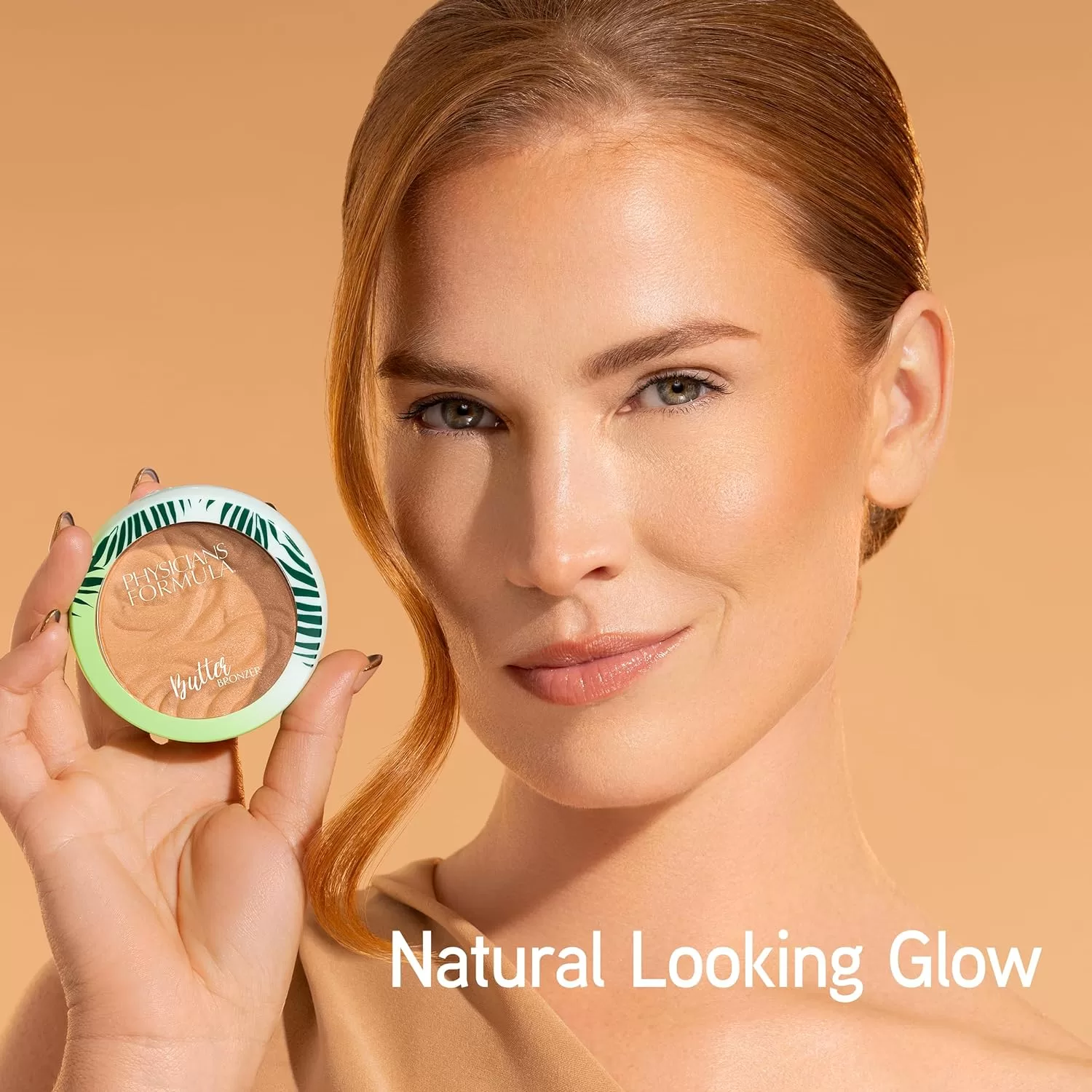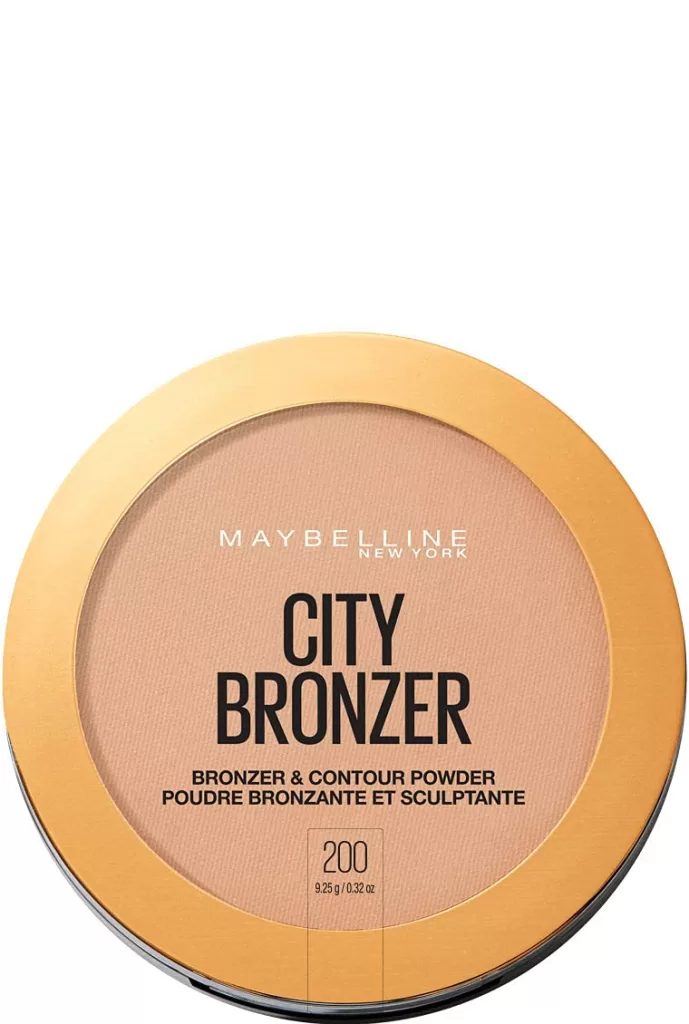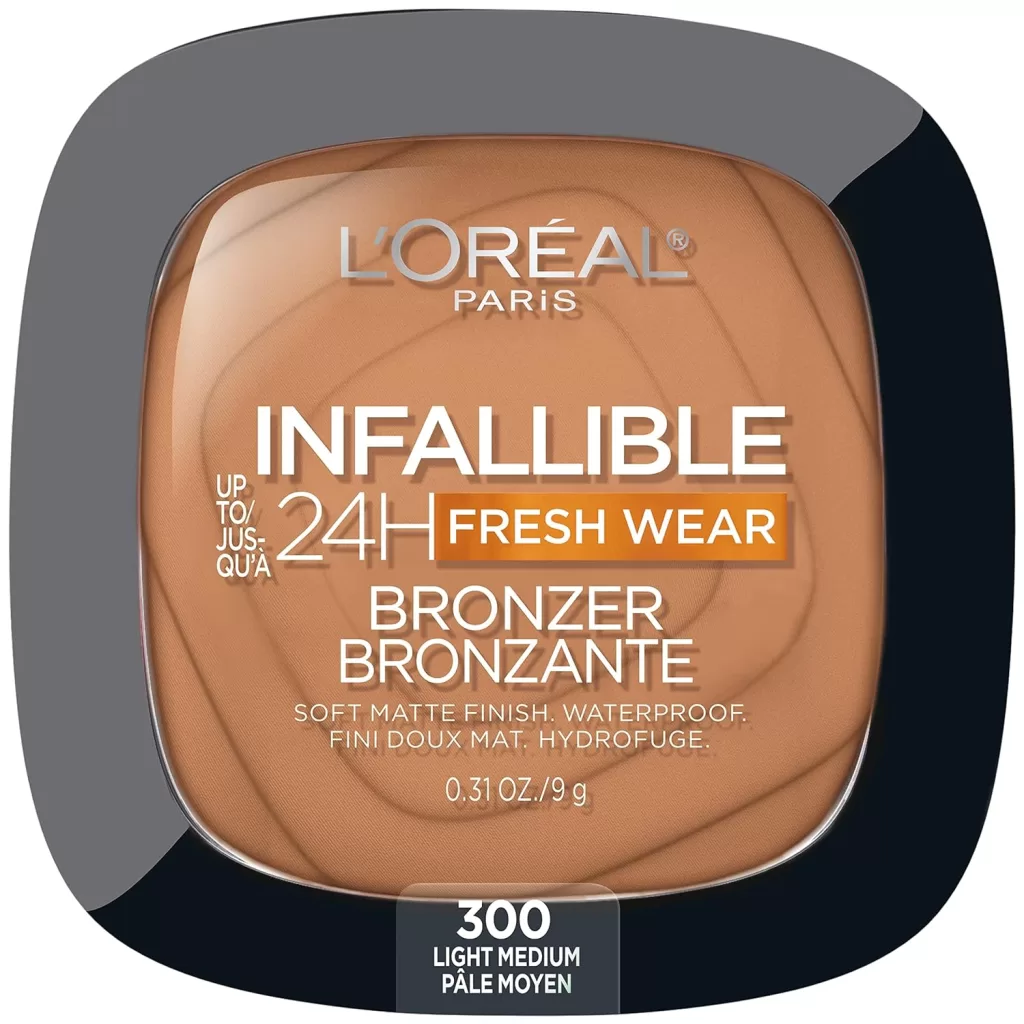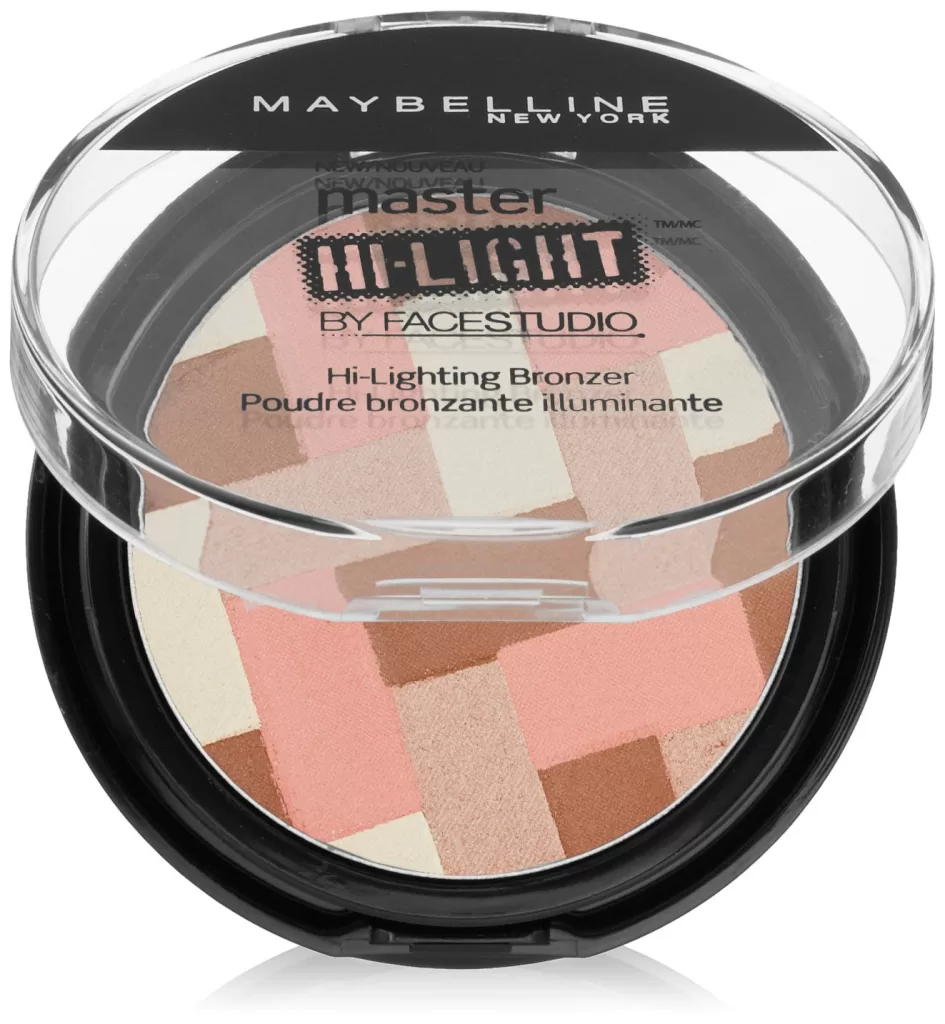Olive skin is stunning, but finding the perfect bronzer can be a quest. Traditional bronzers often turn orange or red, leaving you rosy instead of radiant. Fear not, olive beauties! There are amazing bronzers out there specifically designed to flatter your unique skin tone. This guide will unveil the bronzers that flatter your olive skin, from budget-friendly steals to luxurious splurges. We’ll also explore different shades, finishes, and formulas to help you find your perfect match.
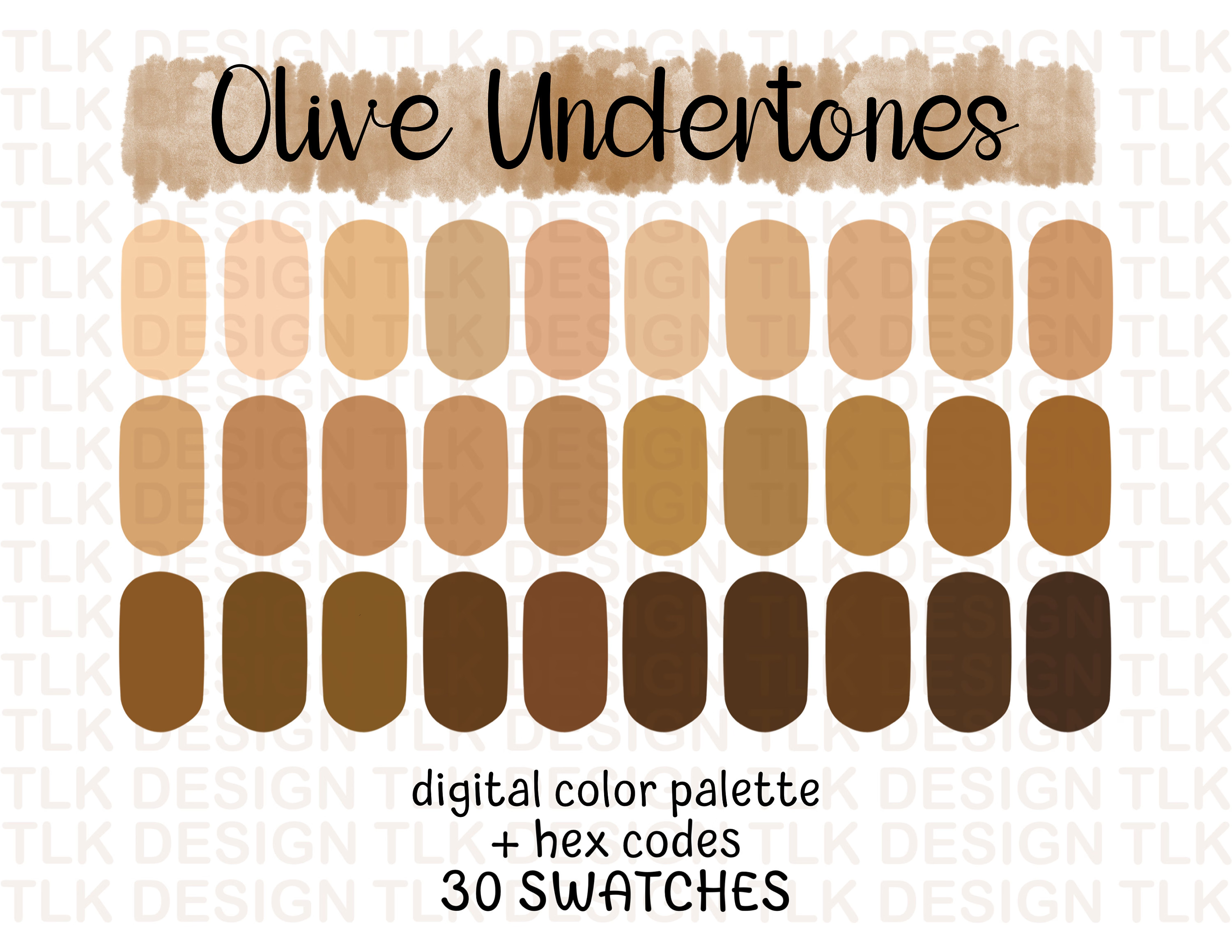
Unveiling the Mystery: Olive Skin Undertones
Olive skin, with its beautiful blend of warm and cool tones, is a unique and gorgeous complexion. But figuring out your specific olive undertone can be like cracking a code. Fear not! This guide will help you unlock the secrets of your olive skin and discover whether you lean cool, warm, or neutral.
Understanding Undertones:
Before diving in, let’s understand what undertones are. They’re the subtle hues beneath the surface of your skin that influence how makeup and jewelry appear on you. Olive skin has a greenish undertone, but it can also have cool (pinkish or bluish) or warm (yellowish or peachy) influences.
The Vein Test: A Handy Trick
Grab some natural light and take a peek at your inner wrist. Look closely at the color of your veins:
- Cool Olive: If your veins appear predominantly greenish-blue and your skin tends to burn easily in the sun, you likely have cool olive undertones. Pinkish hues in your skin can also be a sign of coolness.
- Warm Olive: Do your veins appear more greenish, and your skin tans easily with a golden hue? Then you might be warm olive. Look for yellowish or peachy tones in your skin for confirmation.
- Neutral Olive: Can’t quite decide between cool or warm? This might be you, the lucky neutral olive! Your veins may appear greenish with a mix of blue or green, and your skin can handle both cool and warm tones in makeup.
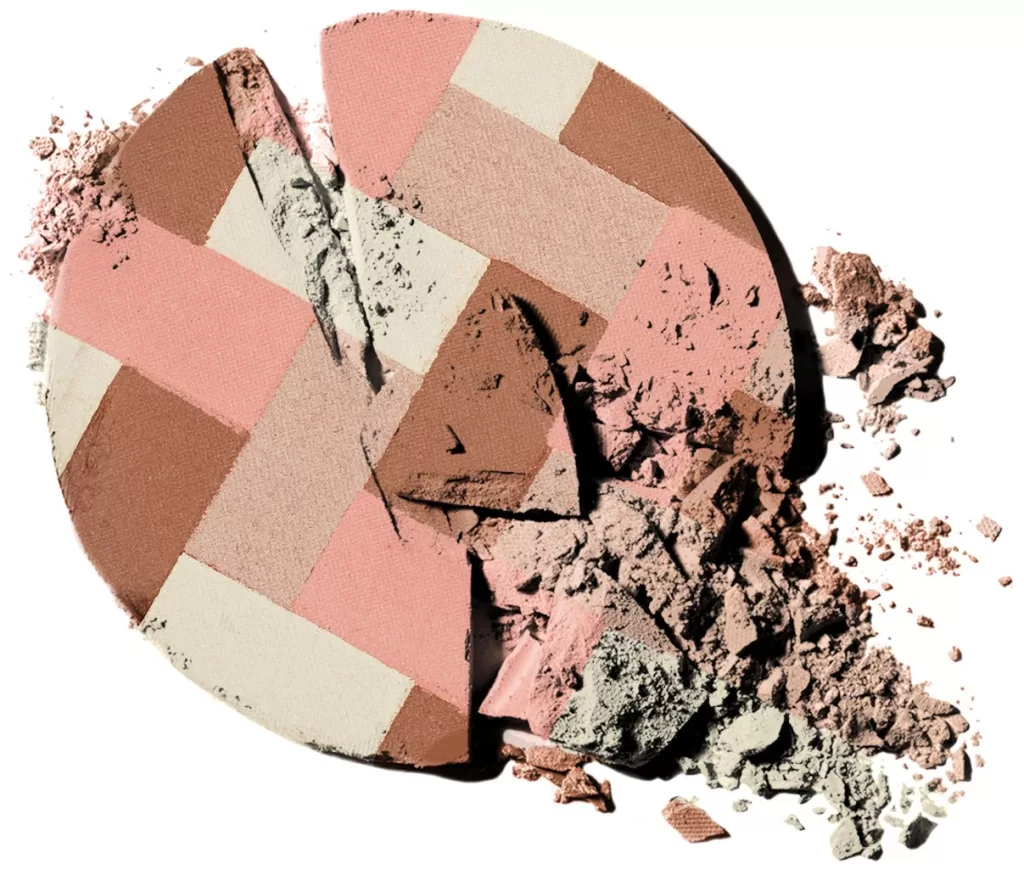
Beyond the Veins: Additional Clues
The vein test is a good starting point, but here are some other ways to identify your olive undertones:
- Jewelry: Do you find that silver jewelry complements your skin more than gold? This might indicate cool undertones. Conversely, if gold jewelry seems to harmonize better, you could be warm olive. Neutral olives can rock both!
- Sunburn vs. Tan: Does your skin burn easily and turn red in the sun, or does it tan quickly with a golden hue? Burning easily suggests cool undertones, while tanning quickly leans warm.
- Makeup Reactions: Do cool-toned makeup shades like pink blush make you look pale? Or do you find that warm-toned bronzers make you look orange? This trial and error can reveal your undertones.
Remember: These are just guidelines. Ultimately, the best way to identify your undertones is to experiment with different makeup shades and see what flatters you most. Trust your gut and the compliments you receive!
Bonus Tip: Take a picture of yourself in natural light without makeup. Look closely at the overall tone of your skin. Does it appear slightly pink or rosy? That suggests cool. Does it have a slight yellow cast? That leans warm. If it seems balanced, you might be neutral!
Choosing Your Bronzer Dream Team: Shade & Finish
Now that you know your undertones, let’s pick your perfect bronzer!
Best Bronzers for Cool Olive Skin to Combat Redness:
Here are some bronzer options with a hint of green or ash, or cool-toned browns, that can help combat redness on cool olive skin tones:
Best Bronzers for Olive Skin: Physicians Formula
- LAURA GELLER NEW YORK
- FENTY BEAUTY
- FENTY BEAUTY
- Physicians Formula
Hourglass Ambient Strobe Lighting Powder 0.39 Ounce (Pack of 1)
Remember: These are just suggestions. It’s always best to test shades in-store or use online swatches to find your perfect match.
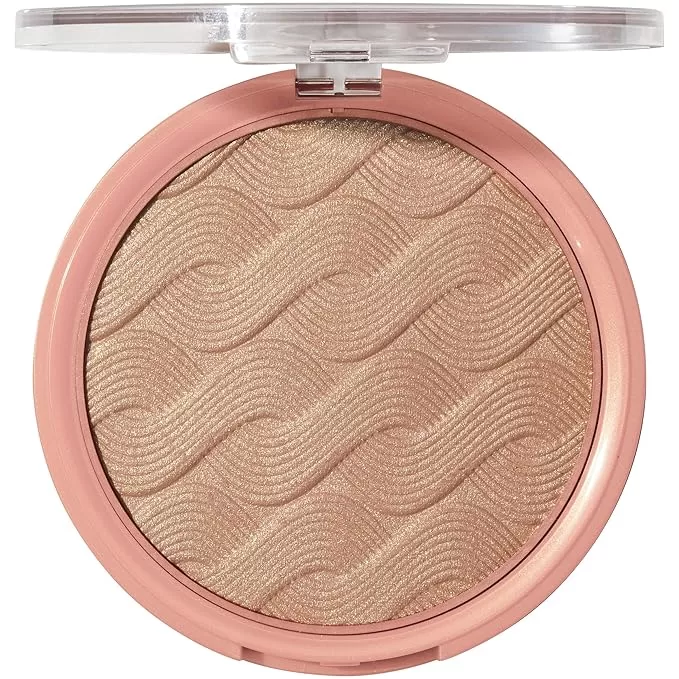
Finish also plays a role:
- Choosing the right bronzer finish can significantly impact your overall look. Here’s how different finishes can enhance or alter your appearance:
- Matte: Ideal for oily skin or for a more natural-looking bronzed effect. This finish helps control shine, making it perfect for those who want a subtle enhancement without drawing too much attention to the skin’s texture.
- Satin: Offers a nice balance of shimmer and definition, perfect for most skin types. Satin finishes provide a soft glow that enhances the complexion without overwhelming it, making it a versatile choice for everyday wear.
- Shimmer: Great for adding a subtle glow to the skin, but be mindful not to overdo it. This finish is perfect for evening events or when you want to highlight certain areas, but it’s important to apply sparingly to avoid an overly shiny look.
- Understanding how each finish interacts with your skin type and the occasion can help you choose the perfect bronzer to achieve the desired effect.
Bronzer Application Tips for Olive Skin
Once you’ve found your ideal bronzer, here are some tips for flawless application:
- Start with a light hand: A little goes a long way with bronzer, especially on olive skin. You can always add more later.
- Use the right brush: A fluffy brush will help you blend the bronzer seamlessly for a natural look.
- Apply strategically: Bronzer should mimic where the sun naturally hits your face. Focus on the forehead, cheekbones, jawline, and temples.
- Blend, blend, blend: The key to a natural-looking bronze is proper blending. Buff the bronzer out in circular motions until there are no harsh lines.
With the right bronzer and application technique, you can achieve a beautiful, sun-kissed glow that flatters your unique olive skin tone. So go forth and bronze with confidence!
Choosing the Perfect Bronzer
Selecting the right shade is crucial. For olive skin tones, bronzers in warm golds, soft browns, or terracotta hues work best. These colors naturally enhance your skin’s undertones without appearing too orange or muddy.
Mastering the Application
To ensure a flawless finish, follow these steps:
- Use the Right Tools: A large, fluffy brush will help distribute the bronzer evenly.
- Apply Strategically: Focus on areas where the sun naturally hits your face—your forehead, cheekbones, and jawline.
- Blend Well: Blending is key to avoiding harsh lines and achieving a seamless glow.
Benefits of Bronzing for Olive Skin
- Natural Warmth: A properly applied bronzer adds a healthy, vibrant warmth to your skin.
- Enhanced Glow: It accentuates your natural glow and highlights the unique beauty of your complexion.
By choosing the right bronzer and mastering the application, you’re not just adding color—you’re enhancing the natural allure of your olive skin.
FAQs about Best Bronzers for Olive Skin
General Questions
Q: What is olive skin? A: Olive skin is a unique skin tone with a greenish undertone. It can range from cool to warm undertones.
Q: Why is it difficult to find the right bronzer for olive skin? A: Many bronzers can appear too orange or red on olive skin, which can lead to an unnatural look.
Choosing the Right Bronzer
Q: What undertones should I look for in a bronzer for olive skin? A: For cool olive skin, look for bronzers with cool undertones, such as those with ash or gray tones. For warm olive skin, look for bronzers with warm undertones, such as those with orange or red tones. Neutral olive skin can typically wear both cool and warm tones.
Q: What finish should I choose for my bronzer? A: The best finish for you will depend on your skin type and personal preference. Matte finishes are great for oily skin, while satin and shimmer finishes can add a beautiful glow to dry or normal skin.
Application Tips
Q: How should I apply bronzer to my olive skin? A: Start by applying a light layer of bronzer to the areas where the sun naturally hits your face, such as your forehead, cheekbones, nose, and jawline. Blend well for a seamless finish.
Q: Can I use bronzer to contour my olive skin? A: Yes, you can use bronzer to contour your olive skin. Choose a shade that is a few shades darker than your natural skin tone and apply it to the hollows of your cheeks, jawline, and temples.
Q: How can I prevent my bronzer from looking too orange or muddy? A: To avoid an orange or muddy look, choose a bronzer that matches your undertone and blend it well. You can also use a setting spray to help the bronzer last longer and prevent it from oxidizing.
Explore more articles like this @ Where And How Resources
